The Oil Debate – Olive Vs Avocado Vs Coconut
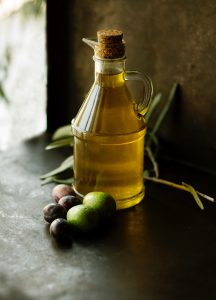 If you’re looking for the healthiest oil to use, and choosing from olive, avocado or coconut oil, you’ve narrowed your choices down to three very healthy options. All three are good oils to use and each has their own benefits and drawbacks. What it basically comes down to is your personal taste and making certain you get the oil that has the right type of processing in each group. For instance, choose extra virgin olive oil and extra virgin avocado oil that’s first pressed and cold processed. Coconut oil is removed from the meat of the coconut through a wet or dry technique. The wet method and first pressed is the healthiest coconut oil.
If you’re looking for the healthiest oil to use, and choosing from olive, avocado or coconut oil, you’ve narrowed your choices down to three very healthy options. All three are good oils to use and each has their own benefits and drawbacks. What it basically comes down to is your personal taste and making certain you get the oil that has the right type of processing in each group. For instance, choose extra virgin olive oil and extra virgin avocado oil that’s first pressed and cold processed. Coconut oil is removed from the meat of the coconut through a wet or dry technique. The wet method and first pressed is the healthiest coconut oil.
Olive oil and avocado oil are mostly monounsaturated fatty acids—MUFAs.
Monounsaturated fatty acids—MUFAs—are the most dominant type of fat in both olive and avocado oil. This type of fat is more stable when cooking, but has other health benefits, such as protecting the DNA, fueling the fires of the cell mitochondria and increasing the strength of cell walls. They improve and help regulate the immune system and are known for aiding in the prevention of breast cancer. MUFAs are also important for raising the good cholesterol—HDL, while preventing oxidation of bad cholesterol on vessel walls, causing blockage and lowering blood pressure, MUFAs improve blood glucose control and reduce insulin resistance, plus help burn body fat.
Coconut oil has a higher ratio of saturated fat to monounsaturated fat.
Coconut oil is about 90% saturated fat, compared to olive oil and avocado oil that’s 90% monounsaturated fat. It does, however, contain three fatty acids that are medium chain fatty acids, caprylic acid, lauric acid and capric acid. Those three medium chained saturated fatty acids make up 60% of the composition of coconut oil. Because the medium chained fatty acids—MCFAs—are easier to digest and metabolize, they provide quick energy and don’t store in the body, so they can enhance endurance. MCFAs enhance fat burning ability. Lauric acid and caprylic acid are antiviral, antifungal and antibacterial.
Are you using it for cooking or on salad?
When you cook with oil, there’s a point where the oil quits sizzling and starts to smoke. It’s called the smoke point but is really the burn point. When oil burns, it leaves an unhealthy residue. That smoke is an indication that the oil is breaking down and releasing chemicals to give the burnt flavor, while releasing free radicals. Coconut oil has a smoke point of approximately 350 degrees F. Extra-virgin olive oil is great for salads and stable for low to medium cooking temperatures between 350 and 400 degrees F, it breaks down if the temperature is hotter. Avocado is stable up to approximately 480 degrees F, so you can grill and fry with it.
- Caprylic acid and lauric acid have been shown to be effective in fighting disease-causing microorganisms, such as escherichia coli, staphylococcus aureas, streptococcus mutans and helicobacter pylori, the bacteria responsible for ulcers.
- Coconut oil helps protect the brain, due to the MDFAs. It helps people with epilepsy and those with Alzheimer’s by providing fuel for the brain that’s better than glucose. It’s also heart healthy and anti-inflammatory.
- If you’re baking food avocado oil may offer the best option, primarily due to the taste that olive oil can have and the fact that coconut oil can also impart a coconut flavor. It’s all a matter of personal preference.
- Avocado and olive oil enhance the antioxidants of garlic, onions, peppers and tomatoes and makes them more bioavailable. Coconut oil enhances omega 3 fatty acids and the absorption of calcium and magnesium.
For more information, contact us today at LIV Fitness

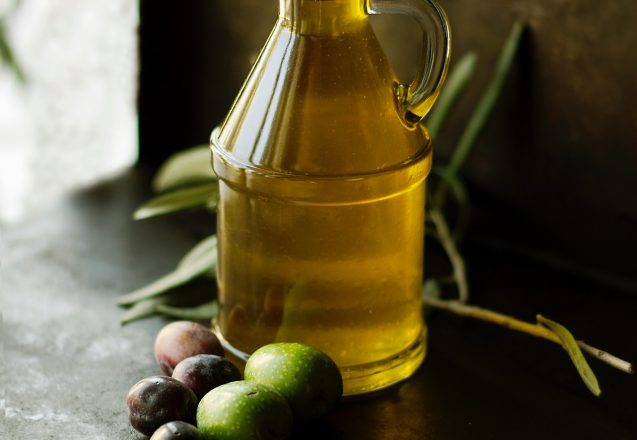
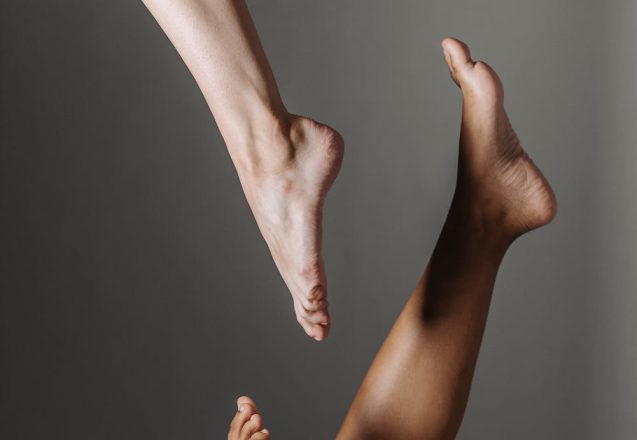
 Who doesn’t want great looking legs? It’s a goal of both men and women. At LIV Fitness in Dublin, CA, our workouts focus on balance, variety and avoiding both plateauing and repetitive strain injuries. There are a huge number of exercises to help tone legs, some of which focus on thighs, while others on calves and ankles. If you’re trying to reduce the size of thighs or increase the size of calves to balance with the rest of the body, there are exercises that help.
Who doesn’t want great looking legs? It’s a goal of both men and women. At LIV Fitness in Dublin, CA, our workouts focus on balance, variety and avoiding both plateauing and repetitive strain injuries. There are a huge number of exercises to help tone legs, some of which focus on thighs, while others on calves and ankles. If you’re trying to reduce the size of thighs or increase the size of calves to balance with the rest of the body, there are exercises that help.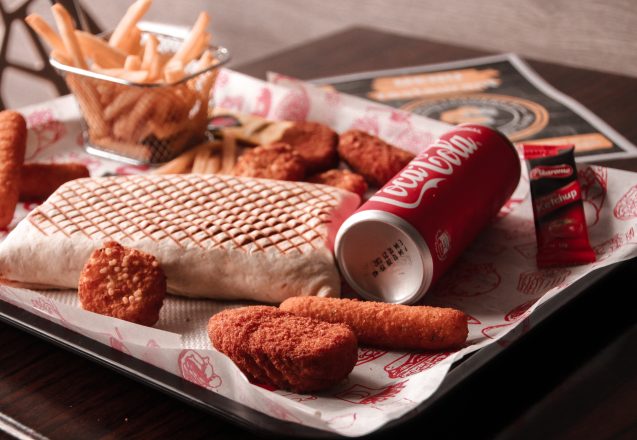
 There’s a lot of different ways foods are processed and different types of processed foods. Just cleaning vegetables makes it processed. Not all processed foods are bad for you. In fact, in some cases, they may be healthier than fresh fruits and vegetables. Frozen fruits and vegetables without additives are picked at peak ripeness, so they’re packed with nutrients. However, those veggies and fruit on the grocery shelf are picked early and ripen in transit to the grocery store, often sitting on the shelf for several days. Processed foods with additives are a different group entirely and may be one of the reasons it’s hard to lose weight.
There’s a lot of different ways foods are processed and different types of processed foods. Just cleaning vegetables makes it processed. Not all processed foods are bad for you. In fact, in some cases, they may be healthier than fresh fruits and vegetables. Frozen fruits and vegetables without additives are picked at peak ripeness, so they’re packed with nutrients. However, those veggies and fruit on the grocery shelf are picked early and ripen in transit to the grocery store, often sitting on the shelf for several days. Processed foods with additives are a different group entirely and may be one of the reasons it’s hard to lose weight.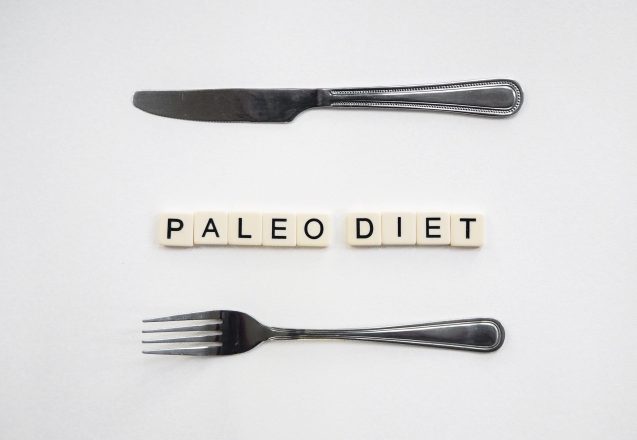
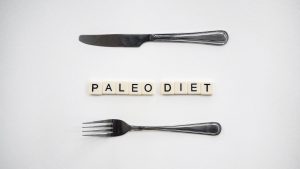 If you’ve heard about the Paleo diet, but didn’t know what it was, you might wonder if it was good, a hoax or just another fad. It’s based on the diet that man might have eaten during the Paleolithic period—2.6 million years to 12,000 years ago. During that period of time, man was not agrarian and instead was a hunter-gatherer. Man didn’t eat grains, dairy, sugars, salts, oils, caffeine, alcohol or legumes, but focused on meat from wild animals, and what they could forage in the wild, like fruit, nuts and roots. The idea is to go back to the way man ate then to maximize digestion and benefits.
If you’ve heard about the Paleo diet, but didn’t know what it was, you might wonder if it was good, a hoax or just another fad. It’s based on the diet that man might have eaten during the Paleolithic period—2.6 million years to 12,000 years ago. During that period of time, man was not agrarian and instead was a hunter-gatherer. Man didn’t eat grains, dairy, sugars, salts, oils, caffeine, alcohol or legumes, but focused on meat from wild animals, and what they could forage in the wild, like fruit, nuts and roots. The idea is to go back to the way man ate then to maximize digestion and benefits.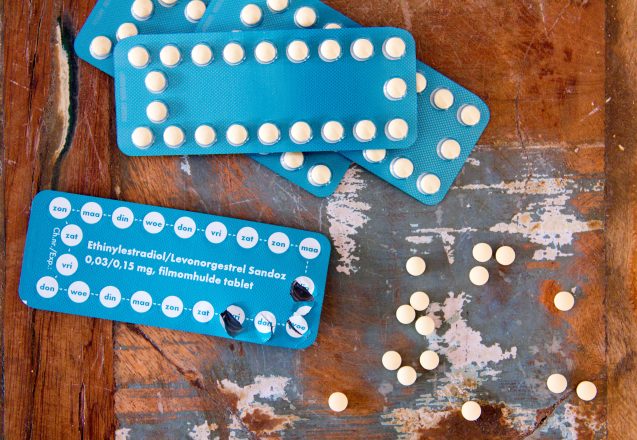
 Low carb diets can be great for weight loss in most cases. However, in some people it can negatively affect the body. For instance, if a low carb diet is too low in carbs or followed for too long, it can cause problems with some women’s hormones. It can cause problems with the menstrual cycle, disrupt sleep quality and even cause infertility. A diet too low in carbs can affect your mood, causing anxiety and depression. It can also interfere with weight loss, to the point it may cause weight gain.
Low carb diets can be great for weight loss in most cases. However, in some people it can negatively affect the body. For instance, if a low carb diet is too low in carbs or followed for too long, it can cause problems with some women’s hormones. It can cause problems with the menstrual cycle, disrupt sleep quality and even cause infertility. A diet too low in carbs can affect your mood, causing anxiety and depression. It can also interfere with weight loss, to the point it may cause weight gain.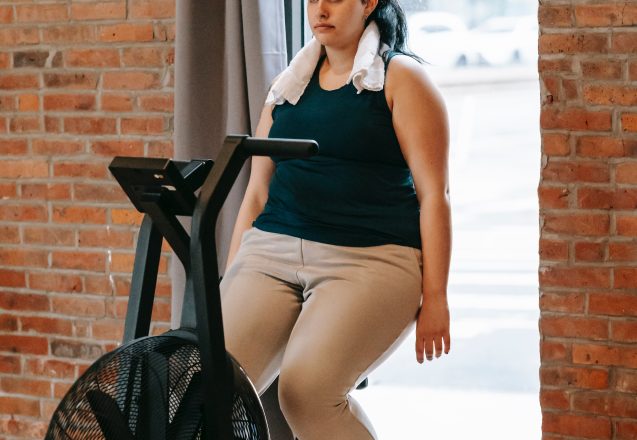
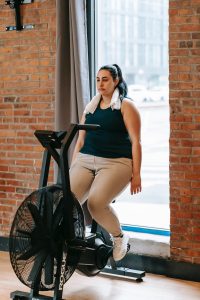 Do you find yourself dreading working out, when just a few months ago, you couldn’t wait to go to the gym? Maybe you’ve noticed you have more colds or a foul mood recently that can’t be explained. You could have burnout. Burnout occurs for a number of reasons, but it’s often from pushing yourself too hard, too often for an extended period. It can slow progress and even diminish the progress you’ve already made.
Do you find yourself dreading working out, when just a few months ago, you couldn’t wait to go to the gym? Maybe you’ve noticed you have more colds or a foul mood recently that can’t be explained. You could have burnout. Burnout occurs for a number of reasons, but it’s often from pushing yourself too hard, too often for an extended period. It can slow progress and even diminish the progress you’ve already made.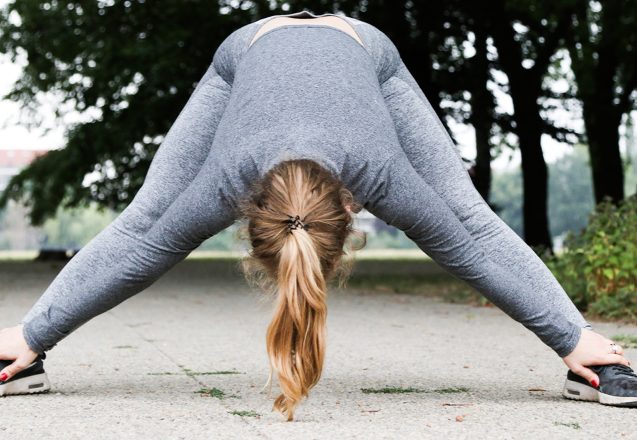
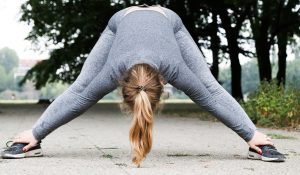 Do you want to lose weight and focus on what exercises can help you reach that goal? It’s a natural reaction, but don’t give up stretching just because you don’t think it will burn calories. No matter what workout or movement you do, it burns more calories than you would laying on the couch and stretching plays an important role in fitness. Stretching can help warm the body and get it ready for a workout, improve flexibility to prevent injury and cool down your body after an intense workout.
Do you want to lose weight and focus on what exercises can help you reach that goal? It’s a natural reaction, but don’t give up stretching just because you don’t think it will burn calories. No matter what workout or movement you do, it burns more calories than you would laying on the couch and stretching plays an important role in fitness. Stretching can help warm the body and get it ready for a workout, improve flexibility to prevent injury and cool down your body after an intense workout.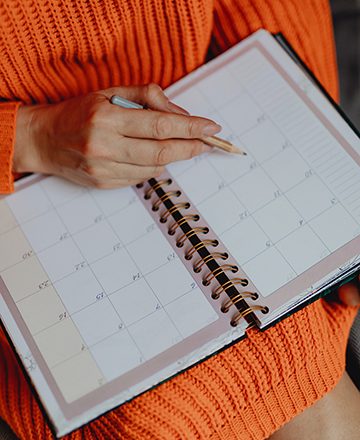
 Everyone has interruptions in their life that take them away from the gym. Do these interruptions cause you to lose muscle mass? Of course, they do. However, taking a week off won’t do much damage, except making it a bit more difficult to get back into your routine. Just how long will it take before you start to lose muscle mass that will make a difference in your level of fitness.
Everyone has interruptions in their life that take them away from the gym. Do these interruptions cause you to lose muscle mass? Of course, they do. However, taking a week off won’t do much damage, except making it a bit more difficult to get back into your routine. Just how long will it take before you start to lose muscle mass that will make a difference in your level of fitness.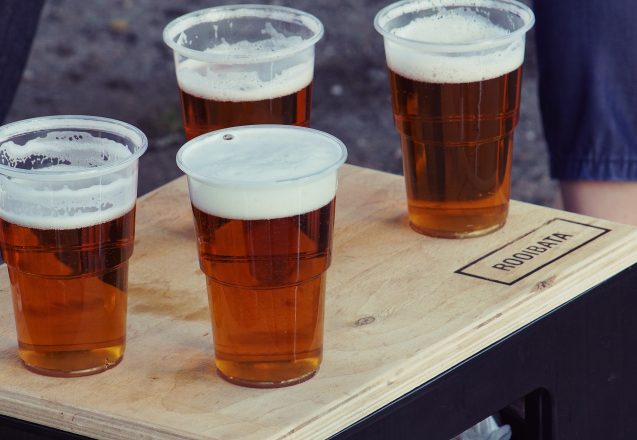
 When you’ve finished your workout, you want to celebrate and relax, but is drinking alcohol after working out the way to do it? At Liv Fitness in Dublin, CA we don’t recommend you do it habitually. It adds extra empty calories and hurts efforts to lose weight. Calories come from everything you consume, whether it’s food or drink and those calories are stored as fat, often around the belly.
When you’ve finished your workout, you want to celebrate and relax, but is drinking alcohol after working out the way to do it? At Liv Fitness in Dublin, CA we don’t recommend you do it habitually. It adds extra empty calories and hurts efforts to lose weight. Calories come from everything you consume, whether it’s food or drink and those calories are stored as fat, often around the belly.